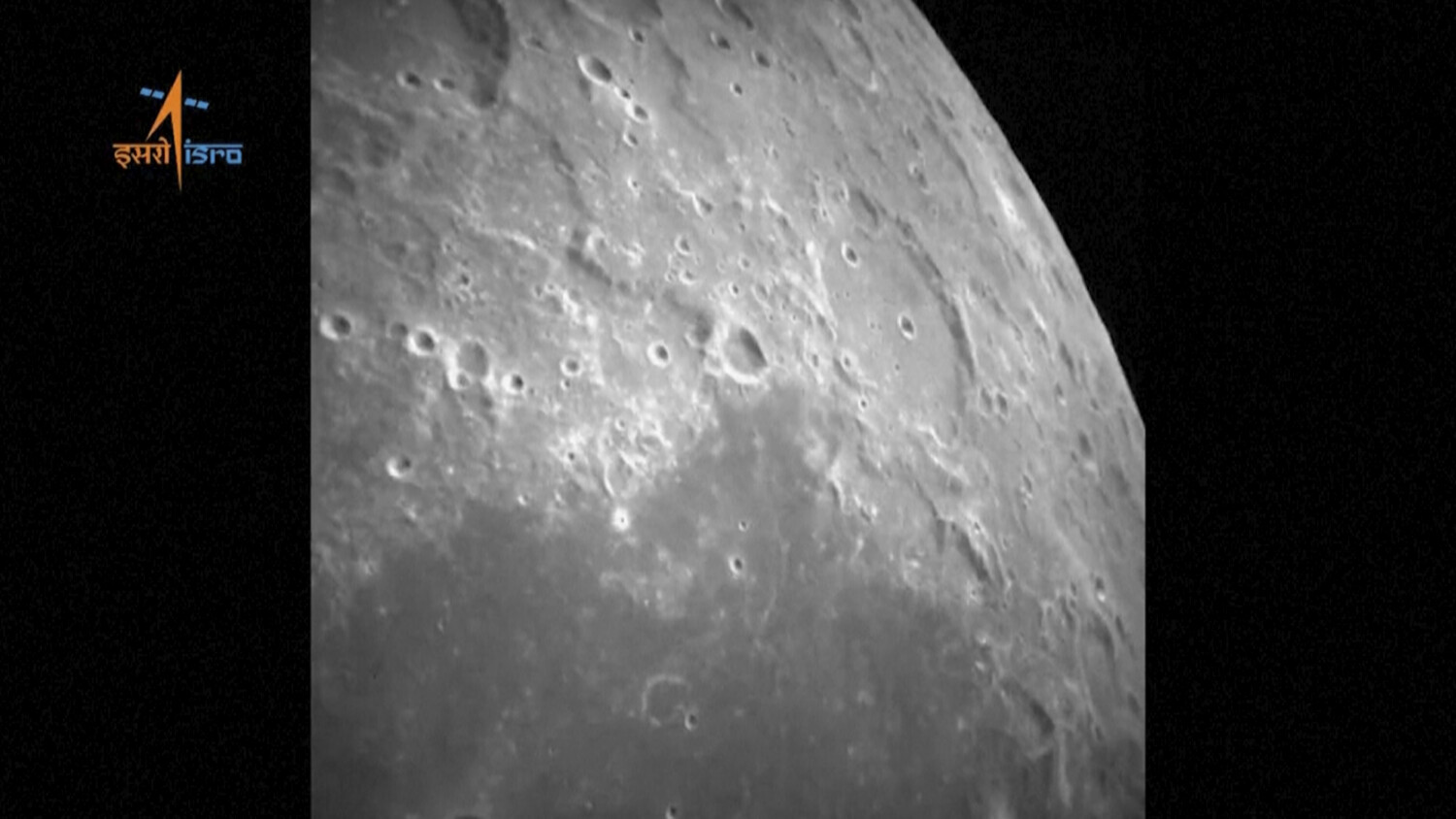India is now the fourth country to send a spacecraft to the moon and successfully land on its surface. The country’s Chandrayaan-3, an unmanned spacecraft, touched down on the lunar surface on Aug. 23, four years after India’s first attempt at a moon landing ended with a crash.
Indian Prime Minister Narendra Modi praised the Indian Space Research Organization’s efforts to land a spacecraft on a previously unexplored part of the moon.
“India is now on the moon. India has reached the south pole of the moon — no other country has achieved that. We are witnessing history,” Modi said via a live stream from South Africa.
He also said that while India has accomplished a historic milestone in space exploration, the successful landing “belongs to all of humanity.”
Chandrayaan-3 Mission:
The orbit-raising maneuver (Earth-bound perigee firing) is performed successfully from ISTRAC/ISRO, Bengaluru.
The spacecraft is expected to attain an orbit of 127609 km x 236 km. The achieved orbit will be confirmed after the observations.
The next… pic.twitter.com/LYb4XBMaU3
— ISRO (@isro) July 25, 2023
The Indian Space Research Organization (ISRO) provided a running commentary on the lunar lander’s descent to the lunar surface on social media, sharing photos of the historic occasion. However, the photos shared directly with the press gave the world some of the clearest images of the moon in years.

Before India’s moon landing, the only other countries that have accomplished a “soft landing” on the moon are China, the former Soviet Union, and the U.S. According to Time, India and Russia were in a race to reach the moon’s south lunar surface this week, with both countries’ spacecraft scheduled to land on the same day. However, Russia’s moon lander encountered technical issues and crashed.
During its two-week moon exploration mission, Chandrayaan-3’s lander and rover will use its collection of instruments to measure the surface’s mineral content, thermal quality and seismic activity.
ISRO’s moon landing mission aims to explore its dark polar regions because the craters are in permanent shadows. That makes it a prime location for the potential discovery of ice, which could supply groundbreaking materials for future missions, such as drinking water and rocket fuel.
This story originally appeared on Simplemost. Check out Simplemost for additional stories.


